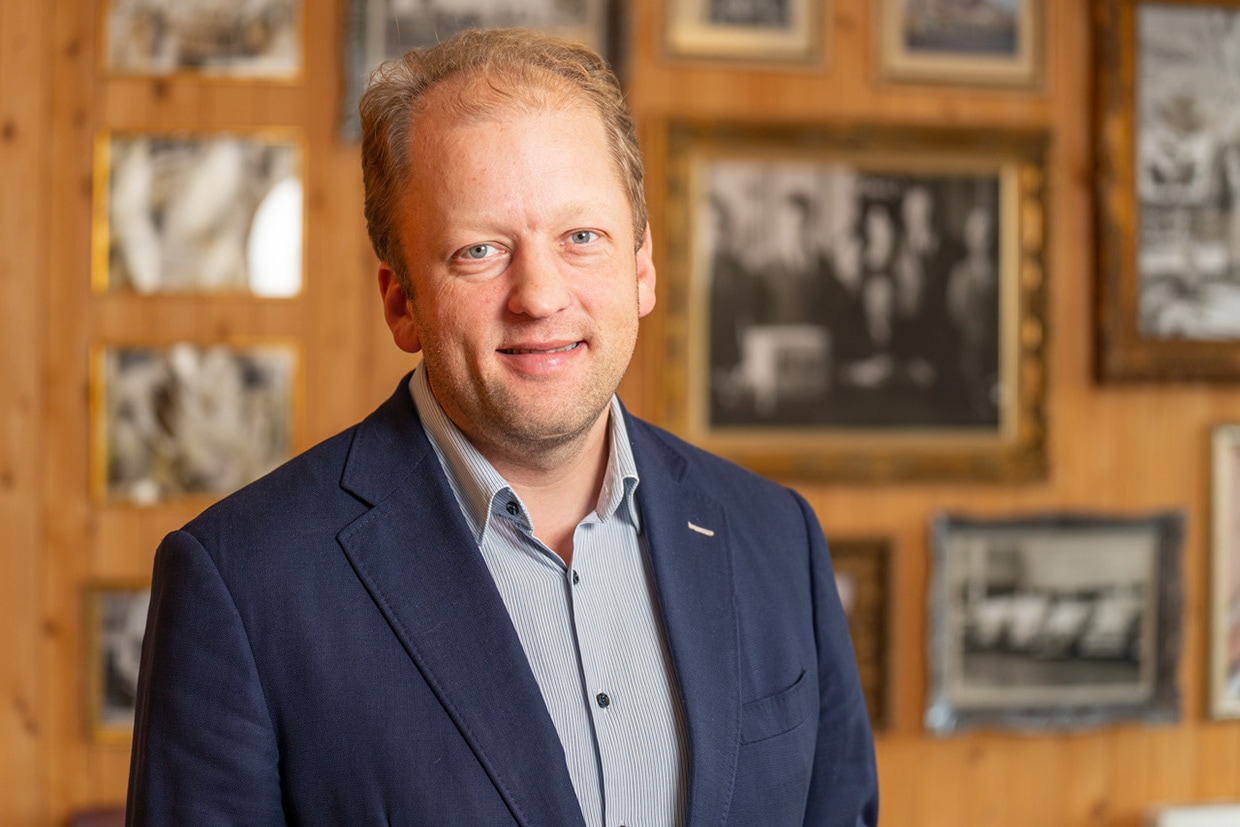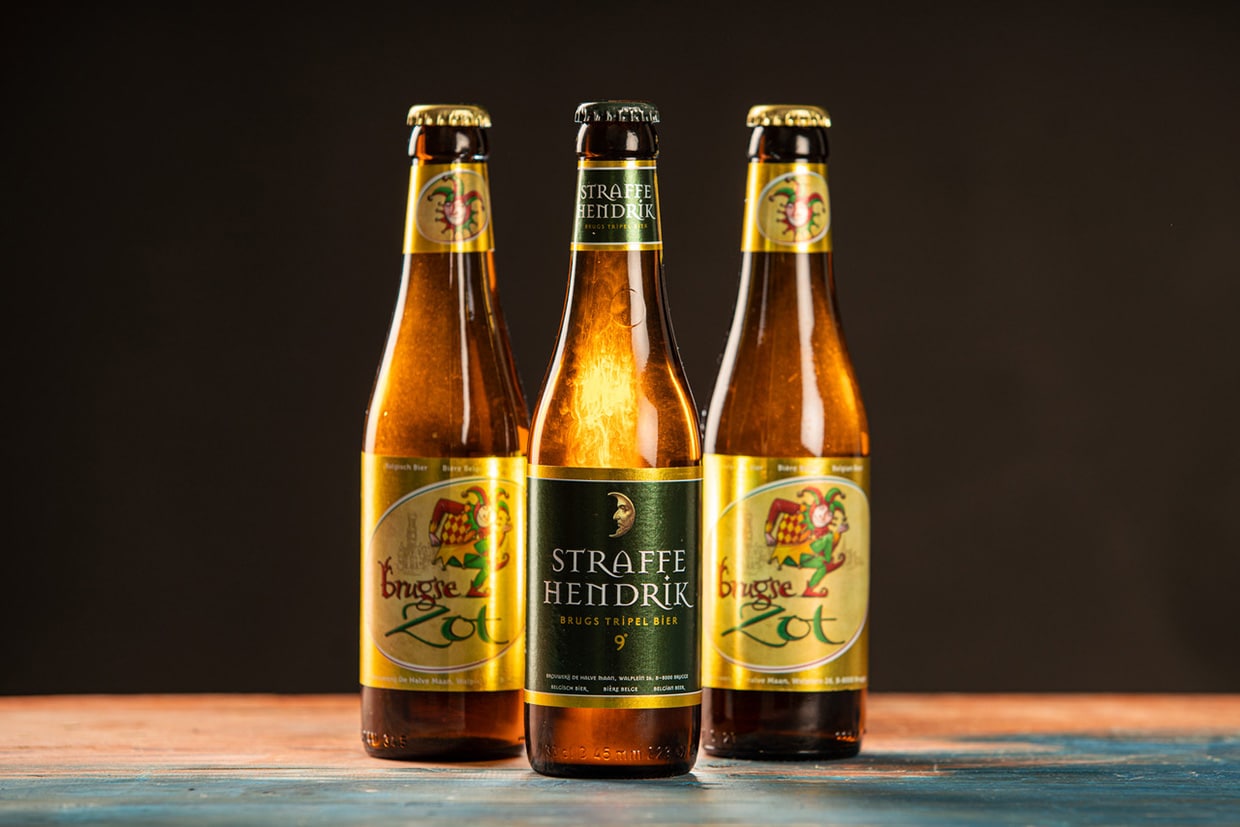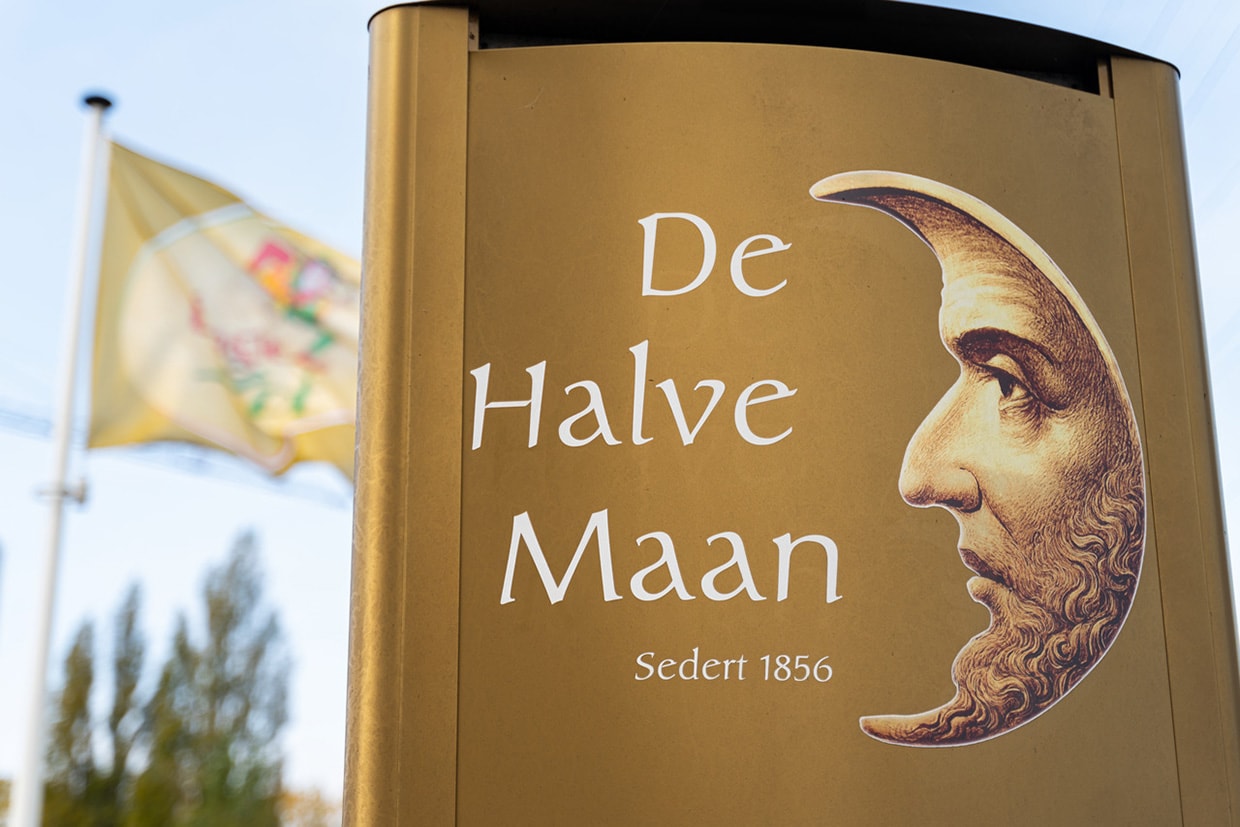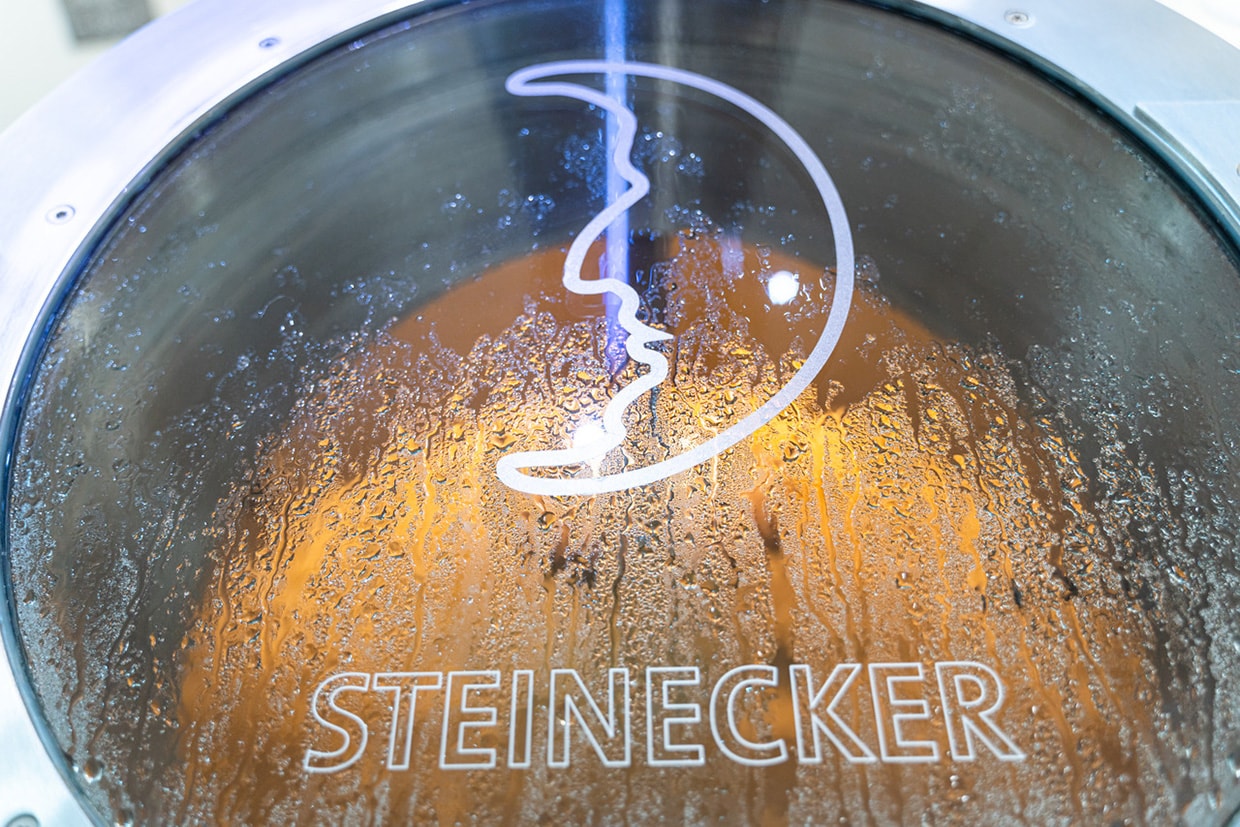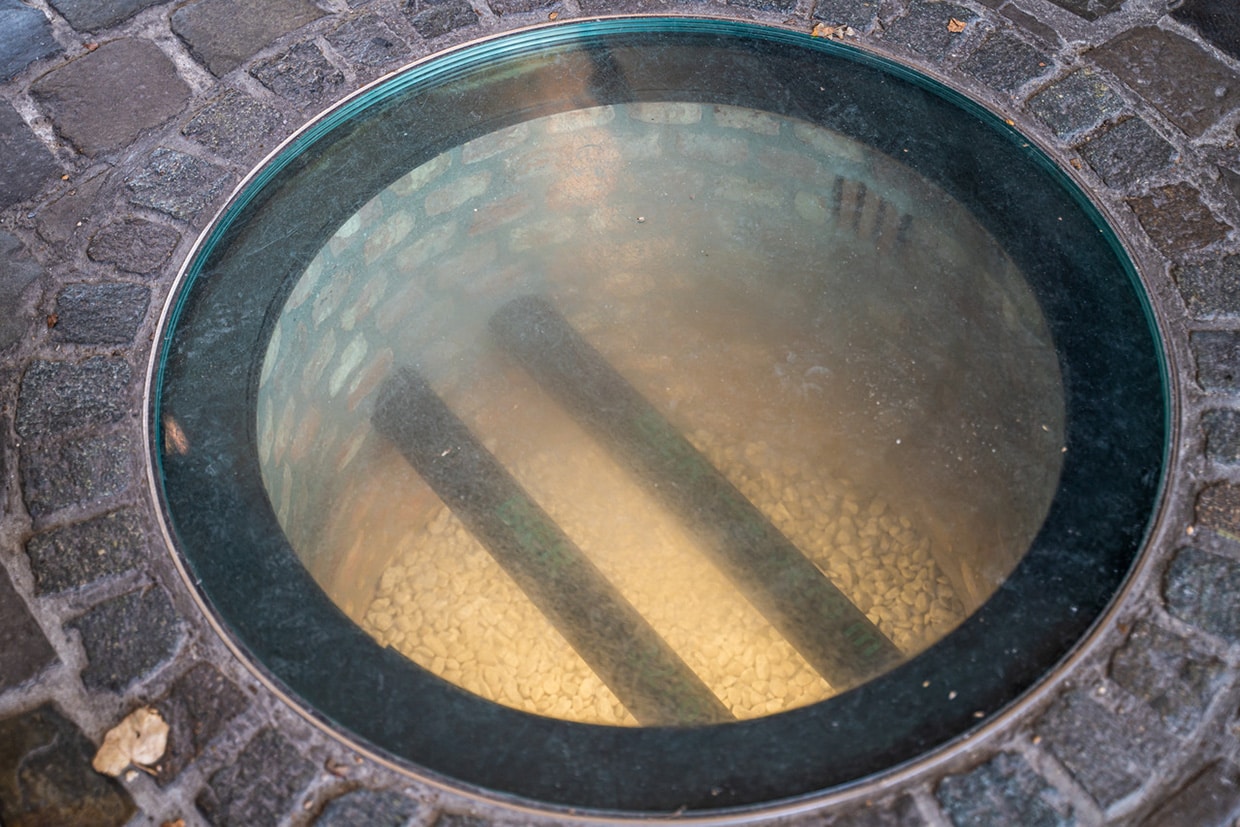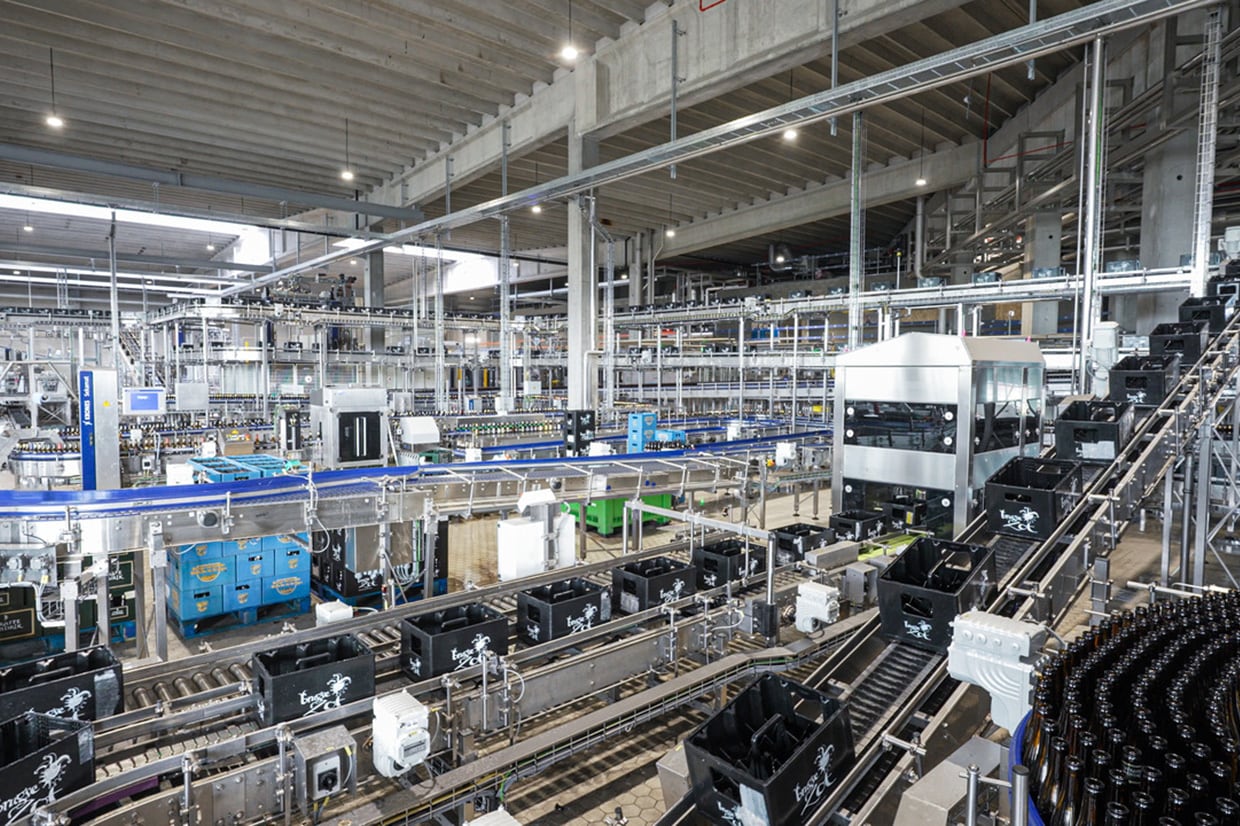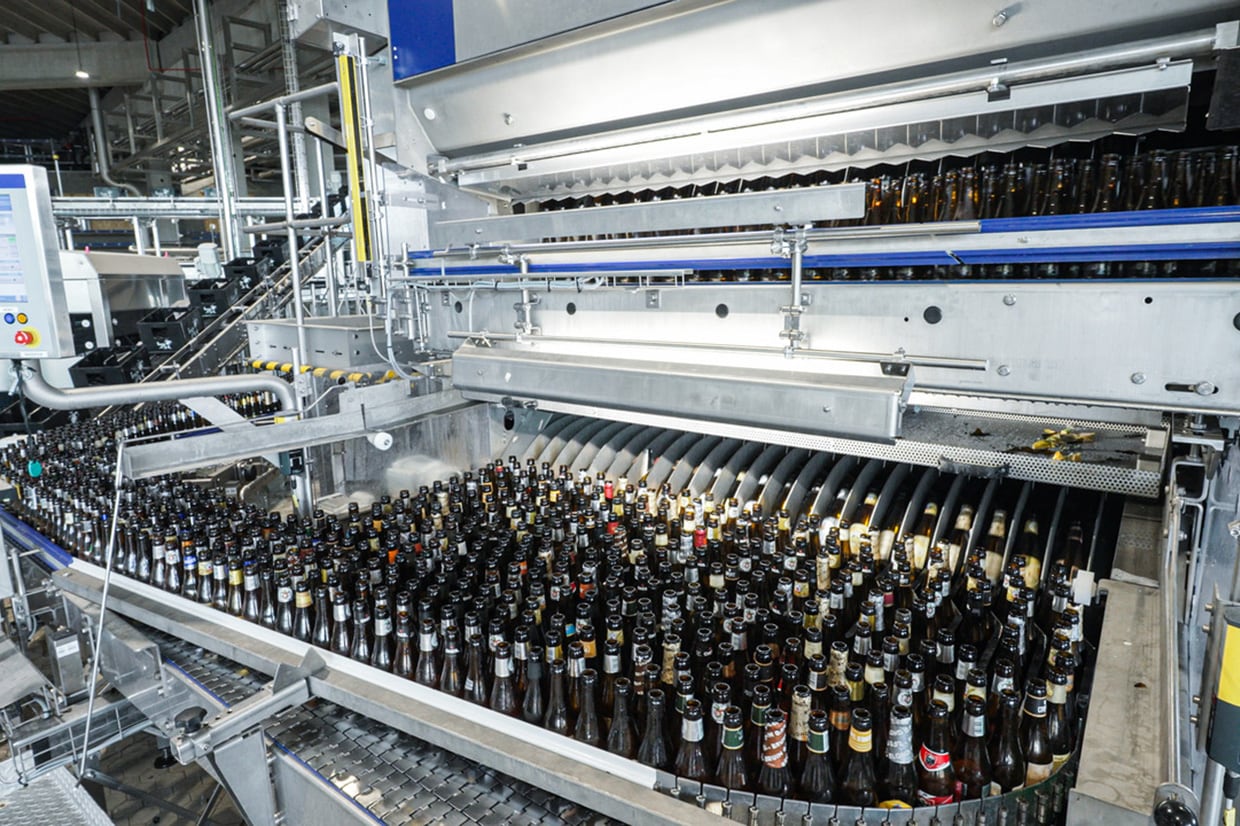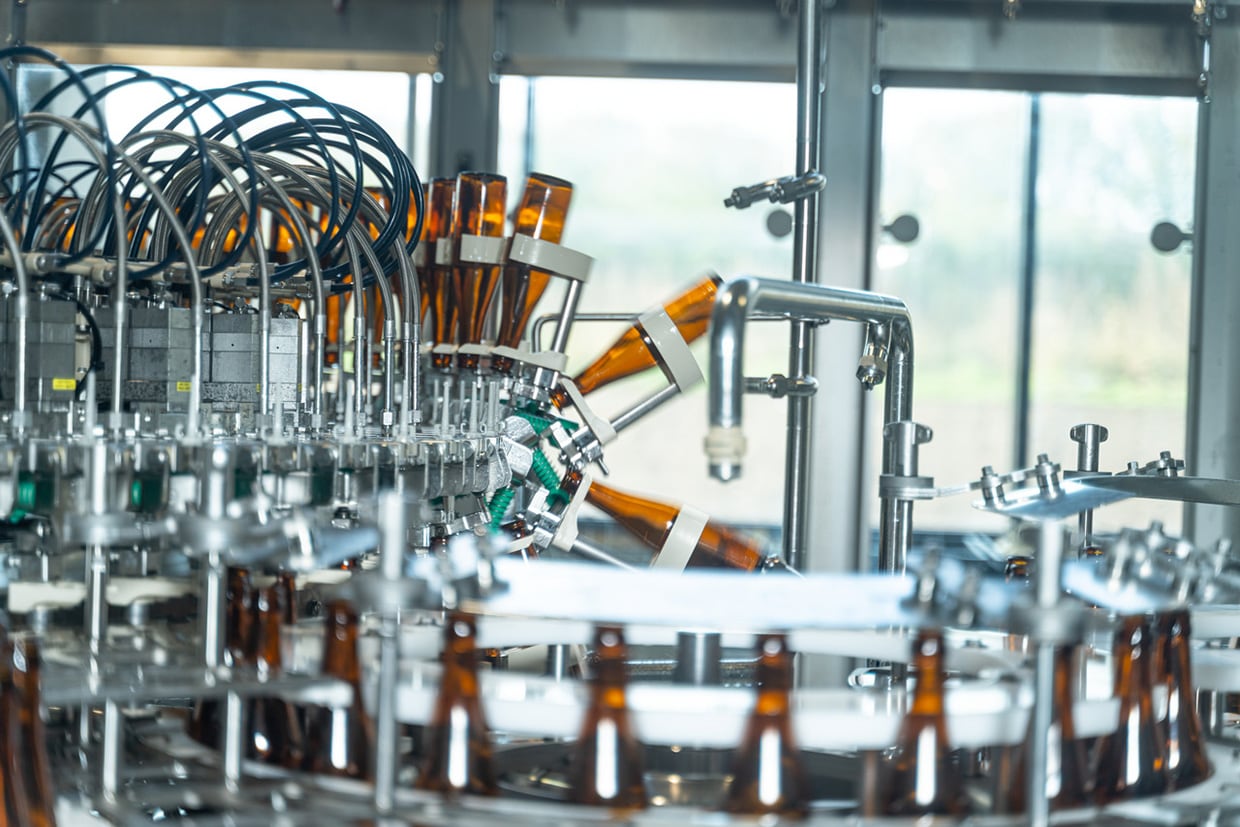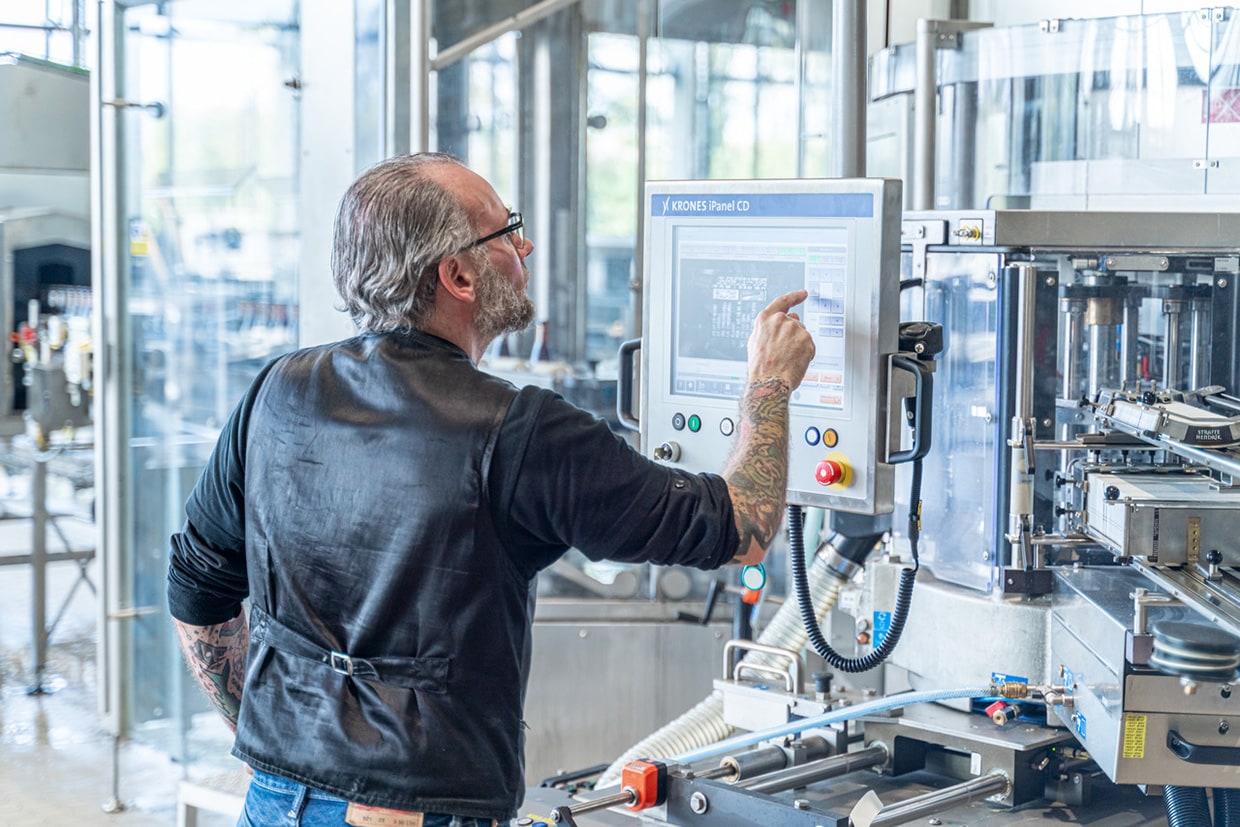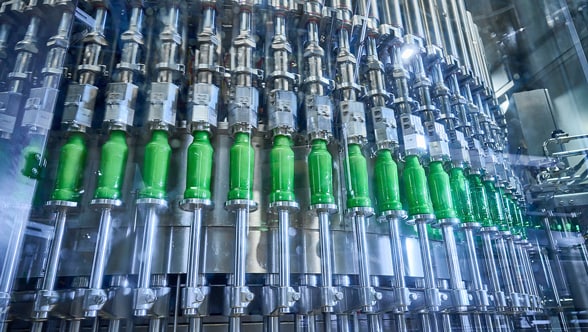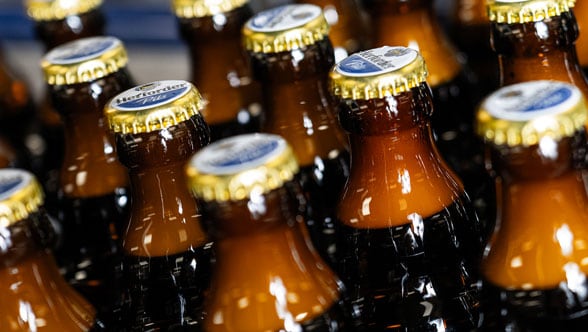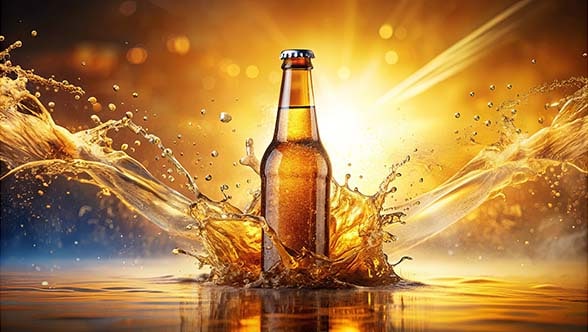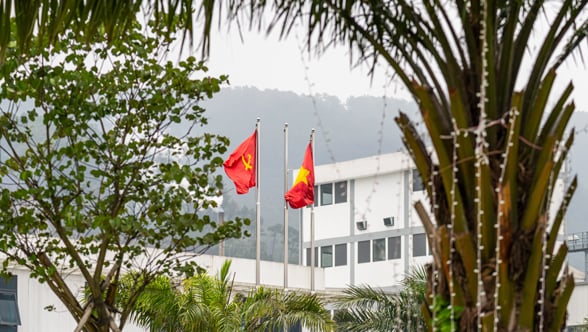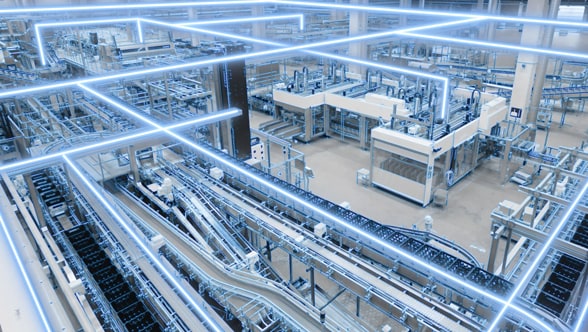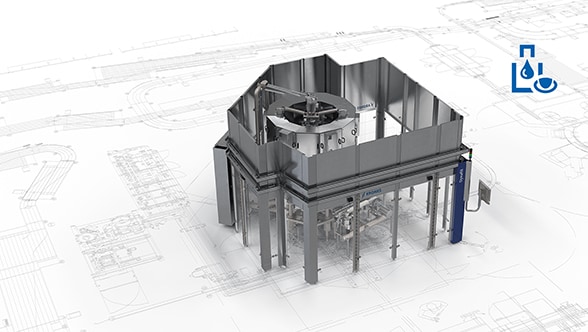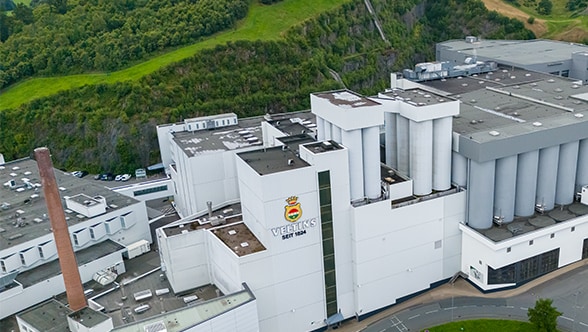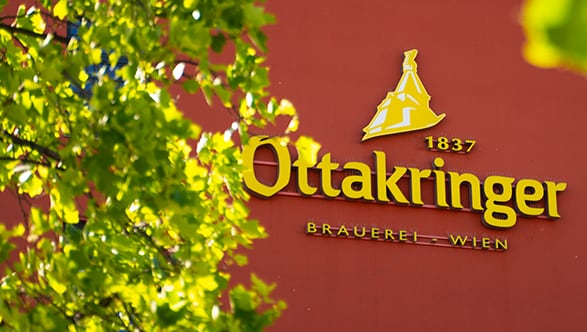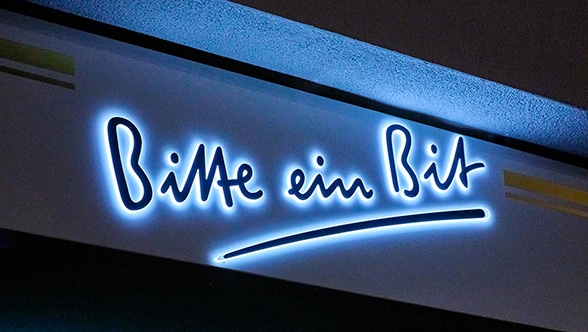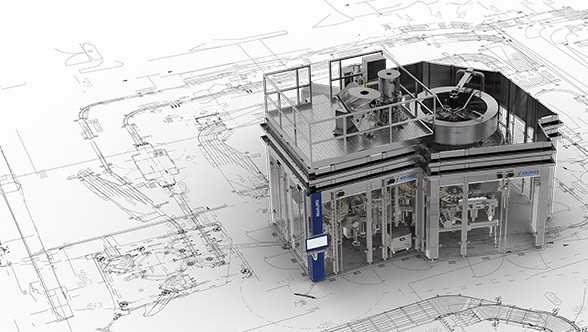Officially speaking, Xavier Vanneste is the sixth-generation head of De Halve Maan brewery in Bruges, Belgium. But that line has been broken a time or two. In fact, things have, on more than one occasion, looked rather bleak for the family-owned business. Xavier Vanneste’s grandfather sold the brewery’s most successful brand, Straffe Hendrik, to another brewery back in 1988. (Incidentally, the name means “Strong Hendrik” in English and was a tribute to all the strong Hendriks and Henris in the family). And then Xavier Vanneste’s mom shut down the brewery operation altogether in 2002. But Xavier Vanneste wanted to brew beer again, as five generations before him had done since 1856. The historic building and the old equipment were still there. “At first, my family was not at all enthusiastic about my plans to revive the brewery, because they knew how tough the business is,” he confides. “But it wasn’t all bad to have critical voices like that, to guide me as I developed my business plan. Of course, my family also knew the industry, and that is always good.”
